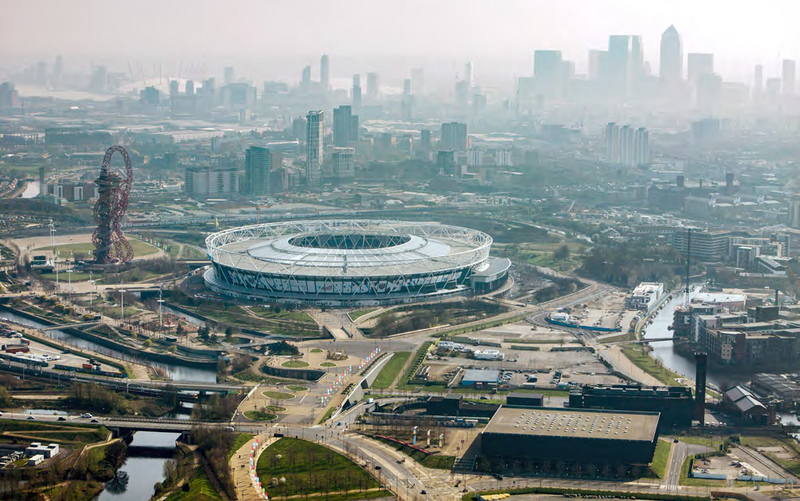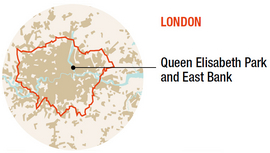London’s bid for the 2012 Olympic and Paralympic Games was made possible by the election of a Mayor for London in 2000. Greater London finally had a single leader who could submit a bid on behalf of 33 boroughs. But what are the conditions for a successful legacy of the Games? A look back at the London experience.
Elected Mayor of London in 2000, Ken Livingstone supported the city’s bid for the 2012 Olympics Games. Sceptical about the positive impact of the Olympics, he was soon persuaded the bid could be about more than sport.
Livingstone said he would support a bid if it could focus on the area around Stratford – an industrial area within sight of the financial centres of the City and Canary Wharf, but also one of the poorest places in England – and deliver the investment that was needed. So, from the outset, the Games were a stopover, not a final destination. Livingstone made a deal with Tony Blair’s Government in 2004 to fund the bid, and commissioned masterplans showing how the site could accommodate a compact Olympic precinct (an important preference for the International Olympic Committee (IOC)), and how it would be transformed afterwards. Each venue would either be temporary, or have a defined permanent use, and the remaining plots of land would be given over for housing. The Bid Company set up by Livingstone and the Government promoted these plans, alongside an image of London as an open global capital, where 300 languages were spoken, and every team would find support, to the IOC. When London won in 2005, initial works were commissioned within weeks, but it soon became clear that the £2.4 billion budget agreed during the bid was insufficient; it had underestimated costs, and over-estimated the extent to which private financing could be secured. The Olympic Board – comprising Government, the Mayor, the Organising Committee and the British Olympic Association – reviewed the budget, and agreed a revised budget of £9.3 billion, including significant contingency funding. Time was tight, so we established contract structures based on open-book pricing, and shared incentives for delivery on time and to budget. Three projects had problems: the plan was that the press and broadcast centre, and the athletes’ village, would be funded by a private developer, then leased to the Organising Committee during the games. But when the financial crisis hit in 2007- 2008, the projects had to be funded and delivered by the public sector instead. And the discussion of a legacy for the Olympic Stadium, with a football team part-funding construction, ran out of time – so the stadium was designed with a legacy as a 25,000 seat athletics stadium (a firm commitment made to the IOC by Sebastian Coe, the Bid Company and Organising Committee chair).
By 2008, construction was underway and the new Mayor Boris Johnson started planning for a legacy agency to deliver the next phase. The London Legacy Development Corporation was set up in early 2012, and took over conversion of the Olympic Park and venues in September 2012, alongside programmes to enable local people and businesses to benefit from economic growth on the site. The momentum of the Olympic construction programme was maintained by making firm commitments to re-opening parts of the Park one year after the end of the Paralympics. At the same time, Johnson was responding to the success of the Games and the transformed perceptions of the Olympic neighbourhood of Stratford by pushing an enhanced ambition for the Park, with universities, dance studios and museums being established alongside the housing and retained sports venues. These plans, first named Olympicopolis by the classically- educated Johnson, and now re-branded by his successor Sadiq Khan as ‘East Bank’, are expected to be completed by 2023, with the last housing units following a few years later. London’s strategies and structures were not perfect –far from it–, and there are decisions that could have been made differently in hindsight. But they benefitted from a long-term and shared vision, political resilience, and a clear-sighted attitude to cost, time and risk. The transformation of Stratford is underway, but the destination is still ahead of us.
Richard Brown, Research Director at Centre for London Previous Head of Olympic Projects at the Greater London Authority (GLA)


